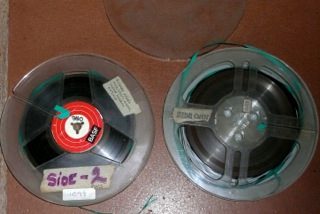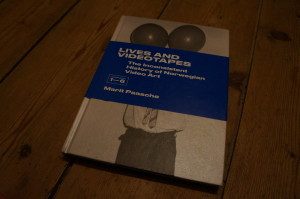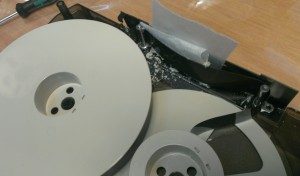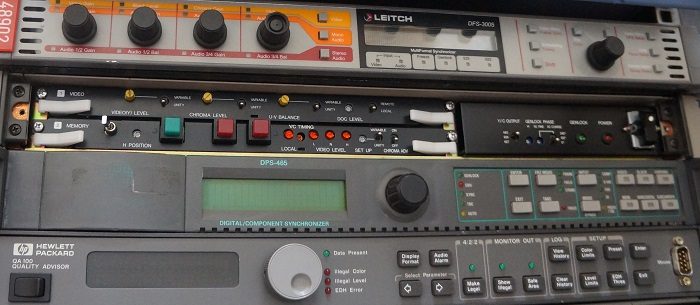Greatbear were recently approached by the Courtyard Music Group to help them complete the 100% analogue re-issue of their 1974 acid-folk album Just Our Way of Saying Hello.
Among Britfolk enthusiasts, news of the Courtyard Music Group’s plans to re-issue their album has been greeted with excitement and anticipation.
Just Our Way of Saying Hello was created when ‘an idealistic young teacher cut a lo-fi folk-rock record with a bunch of teenagers in the Utopian rural setting of Kilquhanity School in the Scottish borders.’
100 copies of the album were made in a private pressing, originally intended for family and friends.
Yet this was not the end of the story, as the record went on to become ‘one of the most obscure albums in Britfolk history is now an ultra-rare collector’s item, with copies trading online for over £1000.’
After a hugely successful pledge music campaign, the band are pushing ahead with their re-issue project that will produce a limited pressing of the mono vinyl, a remastered audio CD with outtakes and a 48 page booklet with interviews, photos and drawings. These will all be available in the summer of 2015.
Great Bear’s role in the project was twofold: first to restore the physical condition of tapes in order to achieve the best quality transfer. Second to produce analogue copies of the original master tapes. These second generation masters, originally recorded at a speed of 7½ inches per second, were transferred at the speed of 15 ips in our studio.
These copies were then sent to Timmion Records in Finland to complete the final, analogue only cutting of the re-issue. Even amid the much discussed ‘vinyl revival‘ there are currently no UK-based studios that do pure analogue reproductions. The risk of losing precious cargo in transit to Finland was too great, hence our involvement at the copying stage.

The original master tapes
Analogue only
Why was it so important to members of the Courtyard Music Group to have an analogue only release? Digital techniques began creeping into the production of audio recordings from the late 1970s onwards, to the situation today where most studios and music makers work in an exclusively digital environment.
Can anyone really tell the difference between an analogue and digital recording, or even a recording that has been subject to a tiny bit of ‘digital interference’?
Frank Swales, member of the Courtyard Music Group, explains how remaining true to analogue was primarily a preference for authenticity.
‘I think in this case it’s really about the JOURNEY that this particular product has had, and the measures taken to keep it as close to the original product as possible. So, I’m not sure anyone can, in a listening context, perceive any real difference between digital and analogue, given that all of us humans are pretty much restricted to the frequency range of 20Hz to 20kHz, if we’re lucky!’
While Richard Jones, also a member of Courtyard Music Group, revealed: ‘Our 1974 recording was made using a selection of microphones, some ribbon, a valve powered four channel mixer and an ancient Ferrograph tape recorder. I cannot claim these decisions about the analogue reissue are soundly based on principles of Acoustics/physics. They are decisions to produce an authentic product. That is, attempting to eliminate the introduction of “colours” into the sound which were not there in 1974.’
The ability to create exact copies is perilously difficult to achieve in an analogue context. Even in the most controlled circumstances analogue transfers are always different from their ‘original.’ The tape might distort at high frequencies for example, or subtle noise will be created as the tape moves through the transport mechanism.
Yet the desire for analogue authenticity is not the same as wanting a replica. It is about preserving historically specific sound production process whose audible traces are becoming far less discernible.
After all, if authenticity was correlated with exact replication, the Courtyard Music Group would not have asked us to make the copies at a higher recording speed than the originals. Yet, Frank explains, ‘the difference in sound quality – the tracks especially having been recorded onto tape travelling at 15ips – will likely be negligible, but it must be said that this was a decision not lightly taken.’
By preserving the historical authenticity of analogue reproduction, the Courtyard Music Group re-issue project converges with the archival concern to maintain the provenance of archival objects. This refers to when the ‘significance of archival materials is heavily dependent on the context of their creation, and that the arrangement and description of these materials should be directly related to their original purpose and function.’
For a range of audiovisual objects made in the late 20th and early 21st centuries, such fidelity to the recording and its context will be increasingly difficult to realise.
As appropriate playback machines and recordable media become increasingly difficult to source, an acceptance of hybridity over purity may well be necessary if a whole range of recordings are to be heard at all.
We are not yet at that stage, thankfully, and Greatbear are delighted to have played a part in helping spread the analogue purity just that little bit further.
***Thanks to Courtyard Music Group members for answering questions for this article.***





